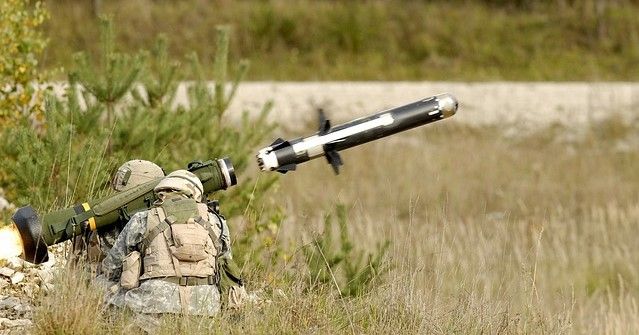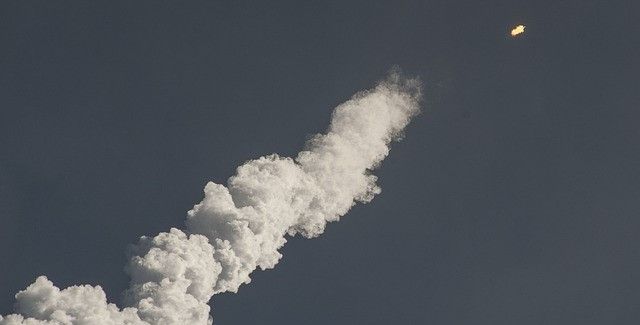The defence industry has always been innovative. Wars are often won by the force with the greatest technological advantage. For this reason, nanotechnology is a central focus of defence industry research.
Nanomaterial breakthroughs are already changing how buildings are heated, how we communicate, the fabrics we wear, how we grow food and feed animals, how we build, how we travel, and how wars are fought.

Nanomaterial-Enhanced Combat Wear
For example, The Institute for Soldier Nanotechnologies (ISN) is cooperating with the United States Army and MIT on a project aimed at reducing infantry soldier casualties through the development of a Soldier Battlesuit.
Ideas explored for this personal armour included:
· Nano-engineered sensors for detecting biological and chemical agents.
· Energy-absorbing materials to protecting from blasts or bullets.
· Ultra-low weight armour with the flexibility of Lycra.
· Nano-sensors to track soldier heart rate and blood pressure. Built-in transmitters could then aid medivac teams to locate wounded personnel on the battlefield for extraction or aid medics in-situ.
To learn more about the application of nanomaterials to create enhanced body armour read: Nanomaterial Design Improves Helmet Impact Resistance or Is Spandex-Thin Body Armour Possible?
Nanomaterial-Enhanced Explosives
Advances in ballistics with the use of nanomaterials will allow for a volume of nano-powders to be packed into a smaller projectile, resulting in increased ranges and with a larger explosion force.
Nanomaterials can also provide advanced structural features to missile and artillery shell casings, improve armour-piercing capabilities and enhance the destructive force of bunker-busting bombs.

Nanotechnologies may one day even permit the creation of a ‘mini-nuke’ weighing as little as one or two kilos yet possessing the explosive power of 100 tonnes of TNT.
Other Military Applications for Nanotechnology
The inclusion of fibre-reinforced nanomaterials can help reduce overheating on moving parts and projectiles, as well as improve the strength and ductility of military hardware components.
Soldiers and vehicles will soon be equipped with micro antennas which can be inlaid into a soldier’s uniform with nanomaterials inter-woven into the textile or by mixing nanomaterials directly into metals, rubbers, or plastic. This will enable tags for remote identification, acoustic arrays, micro-GPS receivers, and wireless connection for enhanced communication. Battlefield commanders would then know the precise location of each and every soldier or piece of equipment in real time.
Nanotechnology will also make solid oxide fuel cells which can produce more power than conventional fuels. Nanoparticles may also be added to fuel to create jet fighters, tanks, and ships greater speeds, longer flight times, and wider operational ranges. Abilities of great value in the commercial automotive and aerospace industries.

Implications of Nanotechnology in Defence Systems
Developing any future weapon involves pushing boundaries. For example, following the creation of biological and chemical weapons their use has been prohibited by international law. Nanotechnology has already been used to develop sensors which can detect chemical and biological weapons. Nano-devices may also be applied to detect or even decrease radio-activity.
In the same way, the application of nanotechnology in certain areas of defence may in the future also be deemed unethical or may simply upset the balance of power by creating a super-weapon or by rendering an opponent’s weapons impotent. Defence manufacturers may therefore need to be wary of ethical limits and the powers of the international community.
That said, such is the secrecy behind military research and nanotechnology in particular, that enforcing such legislation may be impossible. As Margaret Kosal, noted in her 2014 study ‘Military Applications of Nanotechnology: Implications for Strategic Security’, “Even if a transnational regulatory framework is established, it is impossible to determine if a nation is non-compliant if one is unable to determine the entire scope of research, development, or manufacturing.”

Nanotechnology Breaking Barriers
Such is the scope and capability of nanotechnology that it is difficult to know exactly where it is heading or what powers the weapons of the future will possess.
Key to this is the fact that nanomaterials could create a weapon more destructive than thermo-nuclear war. An Oxford University ‘Global Catastrophic Risk Survey’, for example, calculated a 5% chance of the pre-eminent extinction of the human race due to a war involving ‘molecular nanotech weapons.’
Even if avoiding this scenario, nanotechnology in defence systems could still disrupt the peace and cohesion of the international system, in the same way that the development of nuclear weapons changed global politics after the Second World War. As the U.S. Department of Defense itself stated in a 2017 report, “The threat of nuclear weapons led to the cold war. The same trend is foreseen with nanotechnology, which may lead to the so-called nanowars, a new age of destruction.”
Something to consider for anyone in the defence industry.
Photo credit: WikiImages on Pixaby, Space-X Imagery, Pete Linforth, Gerd Altmann, & FreePik underlicence
